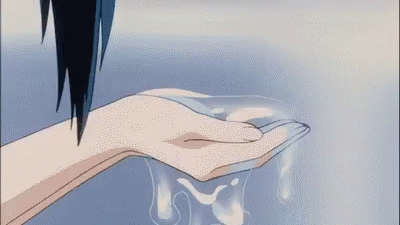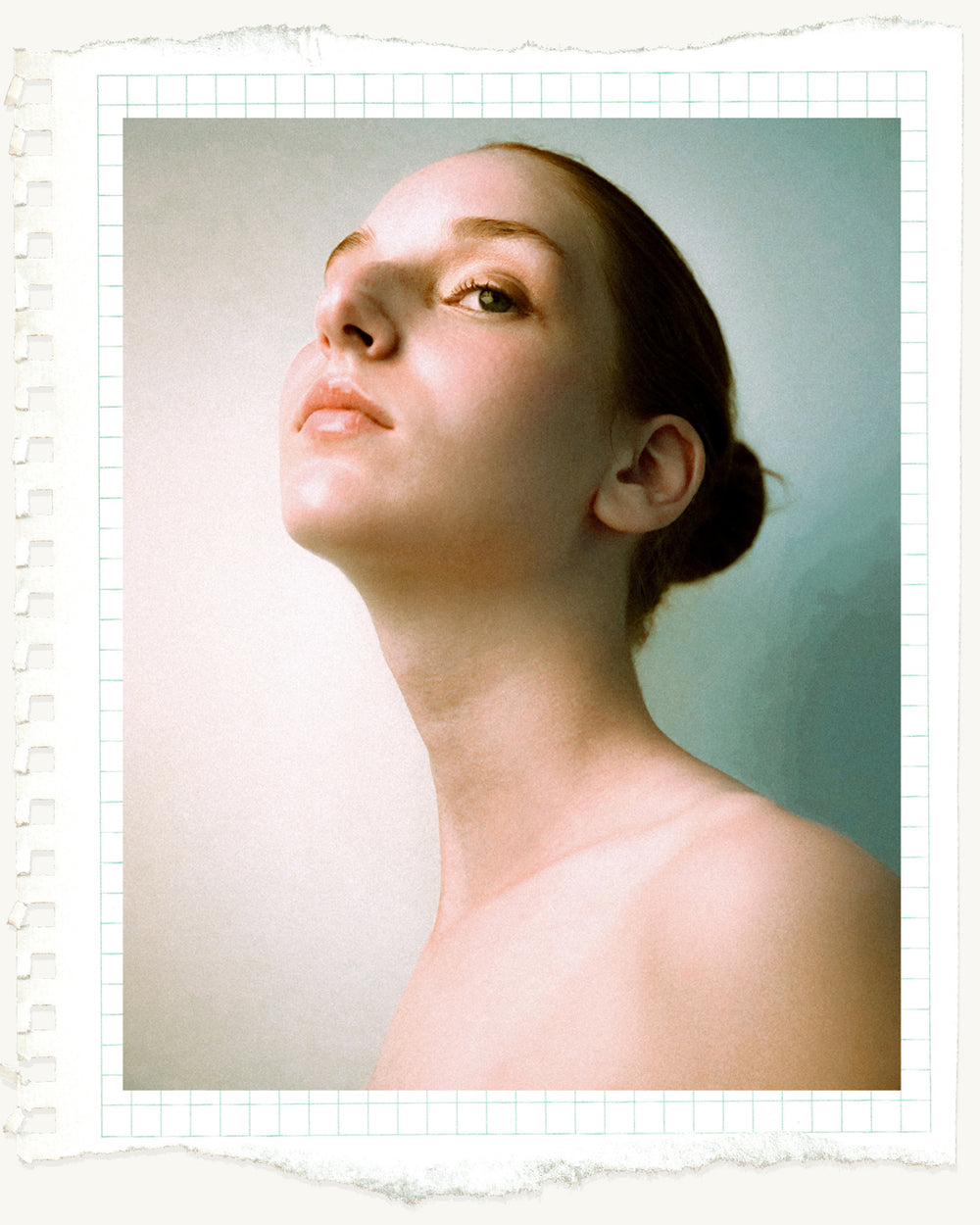difference between humectants, emollients & occlusives.

In this article we are getting into the science behind our formulations and clearing up any confusion surrounding humectants, emollients and occlusives.
Put your lab coat on and dive into the details of these three categories of moisturisers!
Humectants:
What are Humectants?
Humectants are water-binding ingredients that draw moisture from the air and your water based formula to the surface of your your skin to keep it hydrated. Once the water has been bound to these humectant molecules they lock it in to keep hydration where its needed.
Humectant moisturisers are light-weight and easily absorbed into the skin, which makes them an ideal choice for acne-prone or oily skin types. Gel-creams and oil-free moisturisers typically fall into the humectant category.
These are more suited to summer-time beauty regimens.
Who could benefit from Humectants?
They are perfect for all skin types as they are key to keep skin hydrated, supple and refreshed.
Ingredients with humectant abilities:
Glycerin, Hyaluronic acid, Aloe Vera, Propylene glycol, Butylene glycol, Sodium PCA, Sorbitol and Allantoin.
Emollients:
What are emollients?
Emollients come in many forms but essentially they all function the same: they soften, smooth, and repair the skin by cushioning the gaps between cells.
Emollients are essential in skincare as they increase skin barrier restoration by helping to repair any damage caused by solar damage, environmental exposure, makeup removal, and acne. Basically, emollients are skin barrier saviours!
These are more suited for inter-seasonal beauty regimens.
Who could benefit from Emollients?
A common misconception is that emollients are for older or damaged skin, this is a myth.
Most if not all skin types can benefit from the healing, restorative properties of emollients.
If you already have oily skin, certain emollients like sunflower, jojoba, capric/caprylic triglycerides help regulate sebum production and assist in cleansing pores with regular application.
For drier, mature skin they can also help with a compromised skin barrier but work their magic on fine lines and wrinkles too!
Ingredients with emollient abilities:
Lipids, plant oils, shea butter and isopropyl palmitate.
Occlusives:
What are Occlusives?
Occlusives are ingredients that create a protective barrier over the skin, much like a moisture bubble to help reduce trans-epidermal water loss or TEWL and keep skin protected from external pollutants.
There is a bit of a grey area with some emollients as they can function as occlusives and vice versa, the reason being is the amount applied to skin and their rate of absorption.
These are more suited to winter-time beauty regimens.
Who could benefit from Occlusives?
Those with dry or dehydrated skin tend to experience best results with occlusive formulations as occlusives act like a sealant when applied in the last step in your beauty regimen to secure any humectant and emollient that has been layered underneath.
As some of these occlusives are comedogenic, we only formulate with occlusives that are known to benefit acne-prone skin but as they are not all the same, we recommend steering clear from coconut oil, olive oil butters and unrefined shea butter as they are common causes of breakouts in younger skin.
Ingredients with occlusive abilities:
Carnauba and bee waxes, silicones, olive squalane, petroleum, lanolin, and thicker oils like hemp, olive and coconut.
The final word:
As you can see there isn't one "best" moisturising category but a combination of all three for comprehensive formulas that complete a full spectrum of moisturising capabilities, but there are humectants, emollients and occlusives that are better suited to your skin and, as with any skincare journey, it takes some trial and error to discover which ones work best for you!




